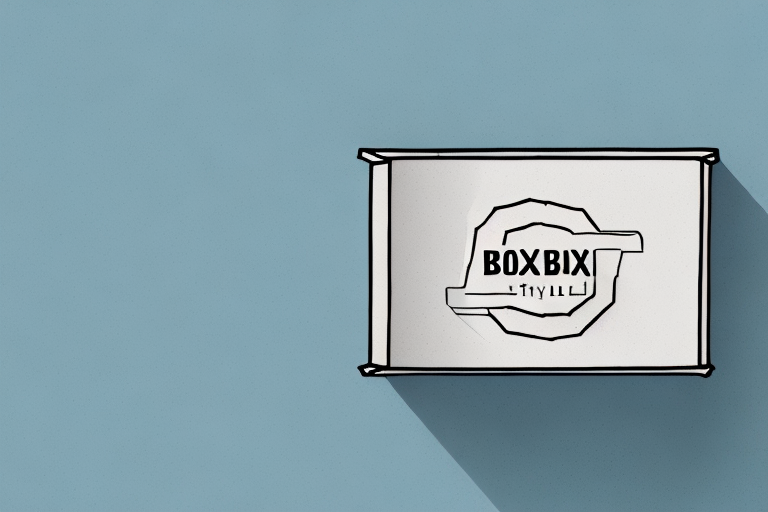Understanding Box Size Dimensions: A Comprehensive Guide
When it comes to shipping and packaging, selecting the right box size is critical. Incorrectly sized boxes can result in damaged shipments, higher shipping costs, and inefficient use of storage space. In this comprehensive guide, we will explore everything you need to know about box size dimensions. By the end of this article, you will have a thorough understanding of the different types of box size dimensions, how to measure them accurately, and the factors to consider when choosing the right size for your needs.
Importance of Accurate Box Sizing
Protecting Your Products
Box size dimensions are vital because they directly impact the safety and security of your shipment. If the box is too small, it can lead to damaged goods due to inadequate protection during transit. In contrast, if the box is too large, it can result in movement and jostling of the contents inside during transportation.
Cost Efficiency
Incorrectly sized boxes can lead to significant shipping cost increases. Carriers often charge based on the size and weight of a package. FedEx and USPS provide detailed guidelines on how box dimensions affect shipping rates. Selecting the appropriate box size can help you avoid additional fees such as dimensional weight charges, leading to substantial savings.
Environmental Impact
Choosing the right box size also contributes to sustainability efforts. Oversized boxes waste materials and contribute to environmental pollution, while appropriately sized packaging reduces waste and supports eco-friendly business practices. According to the World Wildlife Fund, optimizing packaging sizes can significantly reduce the carbon footprint of shipping operations.
Types and Measurements of Box Dimensions
Understanding Box Dimensions
Box size dimensions refer to the length, width, and height of a box. These measurements determine the size and capacity of the box to hold goods. The two primary types of dimensions are:
- Inner Dimensions: The space inside the box where the contents are placed.
- Outer Dimensions: The overall size of the box, including its walls and any additional packaging materials.
Additional Measurements
Beyond the basic dimensions, other factors include:
- Weight Limit: The maximum weight a box can hold without compromising its integrity.
- Special Features: Features like handles or perforations for easy opening can enhance functionality.
Choosing the Right Box: Factors to Consider
Product Weight and Fragility
The weight and fragility of your product are critical in determining the appropriate box size. Heavy items may require sturdier, smaller boxes to prevent breakage, while fragile items might need larger boxes with ample cushioning to ensure protection during transit.
Shipping Method
The chosen shipping method can influence box size selection. For instance:
- Air Shipping: Generally prefers smaller boxes to reduce weight and cost.
- Ground Shipping: Can accommodate larger boxes, often shipped at a flat rate.
Cost Considerations
Shipping costs are closely tied to box dimensions and weight. Utilizing the right-sized box can help minimize expenses by avoiding oversized packages that attract higher fees.
Environmental Sustainability
Opting for appropriately sized packaging reduces material waste and supports sustainable business practices. This not only benefits the environment but also appeals to eco-conscious consumers.
Measuring Box Size Dimensions
Step-by-Step Measurement Guide
Accurate measurement of box dimensions ensures the right fit for your products:
- Length: Measure the longest side of the box.
- Width: Measure the second-longest side.
- Height: Measure the shortest side.
Always measure to the nearest inch or centimeter, depending on your preferred system of measurement.
Handling Irregular Shapes
For irregularly shaped boxes, measure the widest and longest points to ensure a proper fit. If shipping fragile items, consider adding extra padding or cushioning to prevent damage during transit.
Calculating Weight and Volume
Determining Volume
To calculate the volume of a box, multiply its length, width, and height:
Volume = Length × Width × Height
For example, a box measuring 10 inches long, 8 inches wide, and 5 inches tall has a volume of 400 cubic inches (10x8x5=400).
Calculating Weight
The weight of a box depends on the material used and its volume. Common weight estimates:
- Cardboard Boxes: Approximately 0.75 pounds per cubic foot.
- Plastic Boxes: Approximately 1.5 pounds per cubic foot.
Always consider the weight and volume restrictions of your chosen shipping carrier to avoid additional fees.
Efficient Packing Strategies
Optimal Packing Techniques
Packing boxes efficiently ensures the safety of your products and minimizes shipping costs:
- Distribute Weight Evenly: Place heavier items at the bottom of the box to maintain stability.
- Fill Empty Spaces: Use packing materials like bubble wrap or packing peanuts to fill gaps and prevent movement.
- Secure the Box: Seal the box with quality packing tape, ensuring all openings are covered.
Using Suitable Packing Materials
Select packing materials based on the fragility and weight of your products. High-density foam, air pillows, and reinforced cardboard can provide added protection for delicate items.
The Impact of Box Size on Shipping Costs
Understanding Shipping Pricing
Shipping carriers calculate costs based on both the size and weight of a package. Larger and heavier packages incur higher shipping fees. For example, FedEx uses dimensional weight pricing, which considers the volume of the package relative to its weight.
Dimensional Weight Charges
Dimensional weight (DIM weight) is a pricing technique that factors in the package's dimensions. If the DIM weight exceeds the actual weight, the shipping cost is based on the DIM weight. This emphasizes the importance of selecting appropriately sized boxes to avoid unnecessary charges.
Innovations and Future of Box Dimension Standards
Advancements in Packaging Technology
Technological advancements have led to innovations in box size dimensioning. For instance, box-sizing software can calculate the optimal box size based on a product’s dimensions, weight, and fragility. These tools streamline the packaging process, enhancing efficiency and reducing material waste.
Emphasis on Sustainability
As e-commerce continues to grow, there is an increasing focus on sustainable packaging solutions. Future standards may emphasize the use of recyclable materials and designs that minimize environmental impact. Companies are investing in research to develop eco-friendly packaging alternatives that maintain product safety while reducing carbon footprints.
Integration with AI and Automation
The integration of artificial intelligence (AI) and automation in the packaging industry is expected to evolve. AI-driven systems can predict optimal packaging sizes and materials, further enhancing efficiency and reducing costs. Automation in packing processes ensures consistency and accuracy, catering to the dynamic demands of the shipping industry.
Conclusion
Box size dimensions are an essential consideration in shipping and packaging. Understanding the different types of dimensions, accurate measurement techniques, and the factors influencing box size selection can significantly impact the safety, cost, and efficiency of your shipping operations. By choosing the right box size, you not only protect your products but also optimize shipping costs and support sustainable business practices. Stay informed about the latest advancements in packaging technology to continually improve your shipping strategies and meet the evolving demands of the market.




















